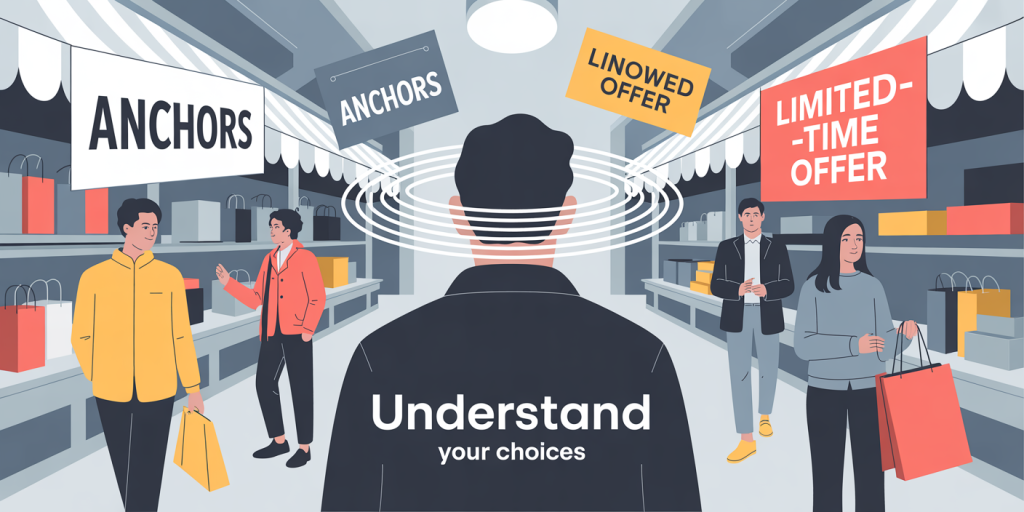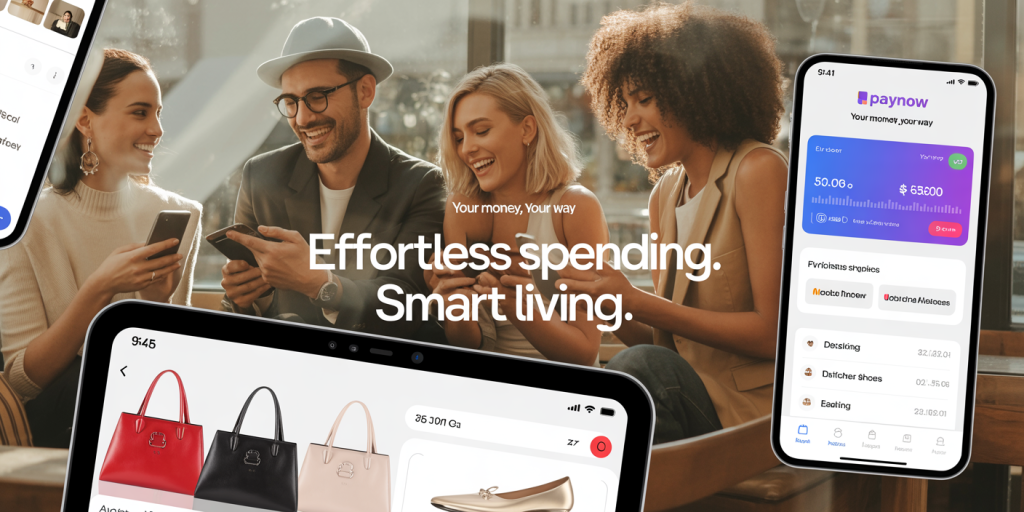Understanding why and how people spend money extends beyond simple economics; it delves deep into human behavior, emotions, cognition, and social influence. The field of behavioral economics and consumer psychology offers insights into the motivations, biases, and patterns underlying spending habits. This article explores the psychological mechanisms behind spending, supported by practical examples, real cases, and relevant data. By grasping these concepts, individuals and businesses alike can make more informed financial decisions and develop strategies to enhance financial well-being.
The Emotional Drivers Behind Spending Choices
Spending behaviors are heavily influenced by emotions rather than pure logical decision-making. For instance, impulse buying triggered by excitement or stress often leads consumers to purchase items they don’t necessarily need. A 2019 study by the National Retail Federation reported that 60% of consumers admitted to making impulse purchases driven by emotional triggers such as happiness, boredom, or sadness.
Retailers exploit this by creating environments that stimulate emotional responses. For example, the use of ambient music, lighting, and scent marketing in stores can elevate mood, making shoppers more likely to spend. In practical terms, a customer who feels happy in a store is more prone to overspend on luxury items or non-essentials. The phenomenon extends to e-commerce platforms, where personalized advertisements and social media influence contribute to emotional spending.


Contrast this with rational spending, where consumers plan purchases and evaluate needs versus wants carefully. Yet, emotional spending can sometimes serve a psychological purpose, such as enhancing self-esteem or alleviating negative feelings, illustrating that spending habits often fulfill deeper emotional needs.
Cognitive Biases that Shape Consumer Spending
Human cognition is riddled with biases that distort financial decisions. One prominent example is the *anchoring effect*, where consumers rely heavily on the first piece of information they get, such as the original price of a product, affecting their perception of value. A classic case occurred during a Black Friday sale in 2022, when a television marked down from $1,200 to $800 appeared as a great deal to shoppers, even though its fair market price was closer to $850. The original price anchored expectations, prompting buyers to perceive the discount as substantial.
Another influential bias is *loss aversion*, a principle derived from Prospect Theory by Kahneman and Tversky (1979). It suggests that people feel the pain of losses more intensely than the pleasure of gains of the same magnitude. This bias often manifests in spending patterns where consumers cling to already-purchased items or hesitate to switch brands, fearing that new options could result in loss rather than gain. Retailers leverage loss aversion by using limited-time offers, creating a perceived scarcity that pushes consumers to spend to avoid “losing out.”
Additionally, the *endowment effect* can make consumers value owned items more highly than equivalent objects they do not possess, often complicating decisions to sell or trade goods. For example, used car sellers frequently overprice their vehicles because personal attachment inflates perceived worth.
The table below summarizes the key cognitive biases relevant to spending behavior:
| Cognitive Bias | Description | Practical Impact on Spending |
|---|---|---|
| Anchoring | Relying heavily on initial information | Perceived value heavily influenced by original or listed price |
| Loss Aversion | Preference to avoid losses over acquiring gains | Impulsive purchases during time-limited offers |
| Endowment Effect | Overvaluation of owned items | Difficulty in selling or trading possessions |
| Confirmation Bias | Favoring information that confirms beliefs | Selective spending aligning with preconceived brand loyalty |
Social Influences and Spending Patterns

Spending is not just a personal act; it is deeply embedded in social contexts and cultural norms. Peer influence, social status, and societal expectations shape how and why people consume. One clear example is the phenomenon of *conspicuous consumption*, introduced by economist Thorstein Veblen. People often buy ostentatious goods to signal wealth and status to others. Luxury brands like Louis Vuitton or Rolex thrive on this dynamic, where their products symbolize social prestige.
In social media-driven cultures, the pressure to conform or aspire manifests through trends like “haul videos” on platforms such as TikTok and Instagram. Watching influencers showcase large purchases encourages followers to mimic spending behaviors to gain social approval.
Different cultures also exhibit distinct spending patterns rooted in values and traditions. For instance, a 2020 Deloitte Global survey found that consumers in collectivist societies such as China and India tend to spend more on family and community-related goods, whereas individualistic cultures like the U.S. emphasize personal gratification and luxury.
Social proof, a psychological phenomenon where people follow the actions of others assuming correctness, often accelerates spending trends. Retailers exploit this by showcasing customer reviews, bestseller lists, and limited availability to create a sense of popularity and urgency.
Financial Literacy and Its Impact on Spending Decisions
One of the most critical factors shaping spending behavior is financial literacy—the knowledge and skills that enable effective money management. Studies consistently show that higher financial literacy correlates with more prudent spending and saving habits. According to the 2021 FINRA Investor Education Foundation survey, only 34% of U.S. adults demonstrated basic financial literacy, which contributes to challenges in budgeting and debt management.
A practical case study involves credit card use. Those with greater financial understanding often avoid expensive debt traps by steering clear of high-interest balances and fees. Conversely, low financial literacy can encourage reckless credit card use, leading to rising consumer debt. In 2023, U.S. credit card debt hit $930 billion, reflecting underlying behavioral issues coupled with inadequate financial knowledge.
Programs aimed at enhancing financial literacy, such as workplace seminars and online courses, have proven beneficial. For example, a randomized controlled trial by Lusardi & Mitchell (2017) showed participants who completed financial education modules reduced unnecessary spending and improved savings rates over the following six months.
A comparative look at spending behaviors among different financial literacy levels:
| Financial Literacy Level | Typical Spending Behavior | Impact |
|---|---|---|
| High | Planned, goal-oriented purchases; cautious credit use | Improved debt management; higher savings rates |
| Moderate | Some budgeting; occasional impulse buys | Moderate debt levels; mixed saving habits |
| Low | Frequent impulsive and emotional spending | Higher risk of debt, poor investment decisions |
The Role of Technology in Modern Spending Habits
Technology has revolutionized spending, altering the psychology behind purchases. Digital payment systems, mobile banking, and e-commerce platforms have simplified transactions, which can both enhance convenience and encourage overspending. Contactless payments and “one-click” purchases reduce physical barriers to spending, often diminishing the psychological “pain of paying,” a concept identified by Prelec and Loewenstein (1998).
For example, consumers shopping on apps like Amazon or eBay tend to spend more per transaction compared to in-store shopping because the physical exchange of money is absent. Moreover, the proliferation of “buy now, pay later” (BNPL) services has changed spending dynamics, enabling consumers to defer payments and subsequently accumulate more debt. In 2022, the BNPL market in the U.S. surged to approximately $29 billion, raising concerns about responsible spending.
On the positive side, fintech innovations also provide tools for better financial governance. Budgeting apps and AI-driven financial advisors help consumers track spending, set alerts, and avoid unnecessary expenses by providing real-time feedback and insights.
Future Perspectives: Evolving Trends in Consumer Spending Psychology
Looking ahead, the psychology of spending will continue evolving alongside technological advancements, shifting cultural norms, and growing awareness of financial literacy. The rise of artificial intelligence will increasingly personalize spending experiences, potentially influencing decision-making with hyper-targeted ads and recommendations tailored to individual psychographic profiles.
Simultaneously, consumer awareness around ethical and sustainable spending is gaining traction. A 2023 NielsenIQ report highlights that 73% of global consumers are willing to pay more for sustainable products, revealing a psychological shift towards values-based consumption.
The integration of augmented reality (AR) and virtual reality (VR) into shopping may deepen emotional engagement, creating immersive experiences that could further blur the lines between necessity and desire. Retailers will need to balance these immersive tactics with fostering responsible spending.
Financial education efforts must adapt to new spending paradigms by incorporating technology-based solutions and addressing the psychological complexities introduced by digital commerce. Building resilience against manipulative marketing and cognitive biases will be crucial for consumers to retain control over their financial choices.
In summary, the psychology of spending intersects cognitive biases, emotions, social influences, and technological factors. Understanding these intricate dynamics can empower individuals and businesses to foster healthier financial habits and innovate responsible marketing strategies in an ever-changing economic landscape.